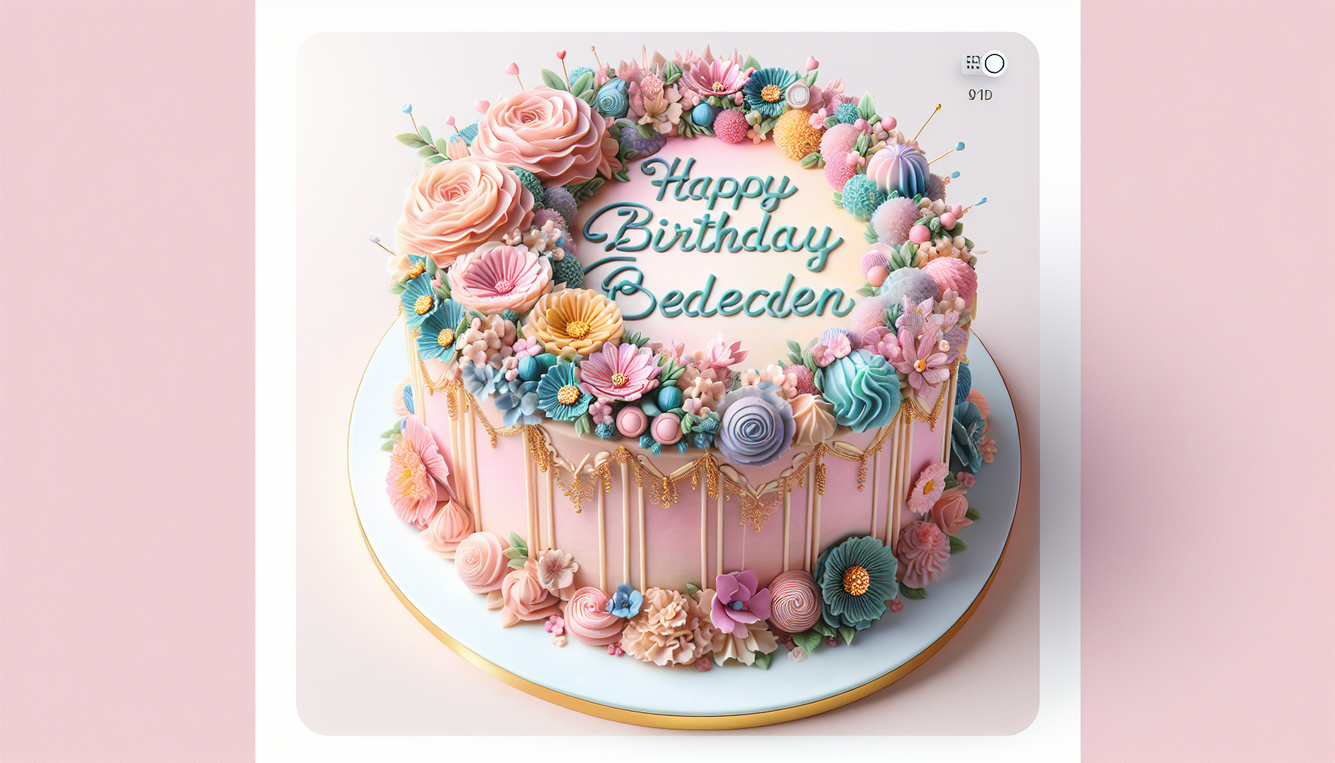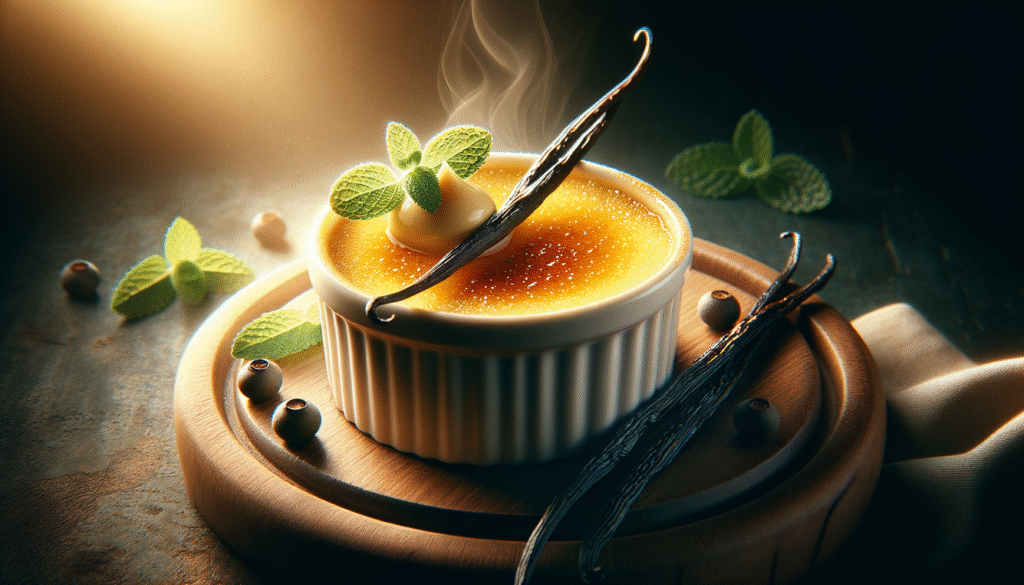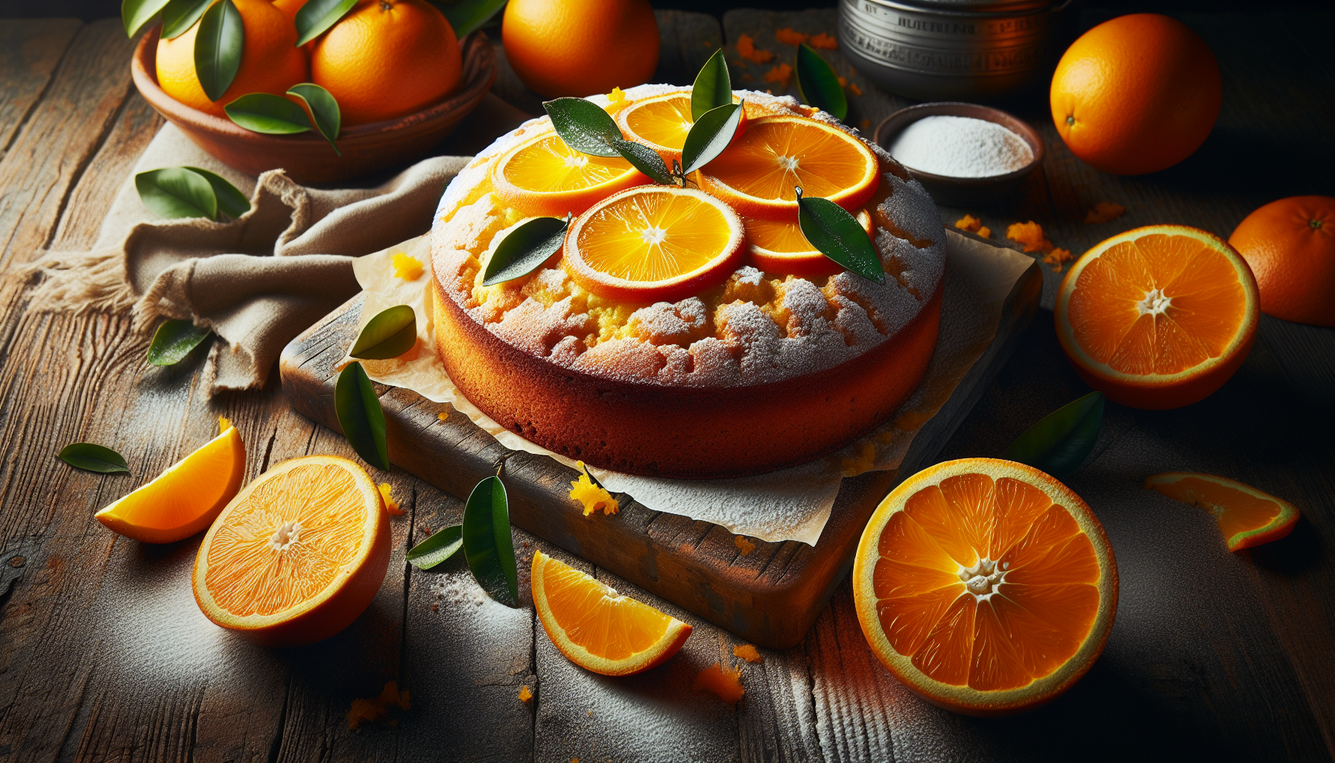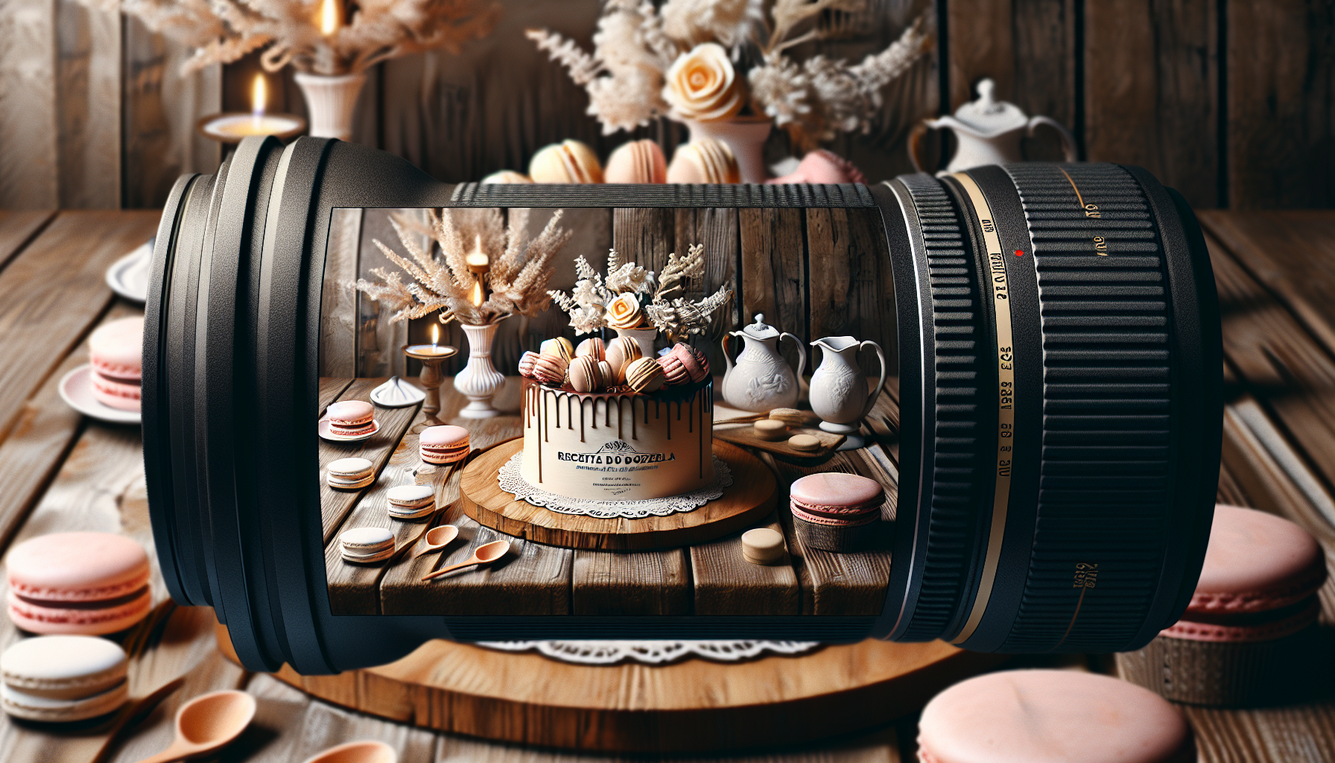
Mastering Creme Brulee Classico: Ingredients, Techniques, And Expert Tips

Introduction to Creme Brulee Classico
Crème Brûlée Classico is a quintessential French dessert revered for its luxurious, creamy custard and the signature caramelized sugar crust on top. Originating in France, this indulgent treat is synonymous with elegance and culinary tradition. The dessert’s name, which translates to “burnt cream,” highlights the technique of caramelizing the sugar topping with heat to create a crisp shell that perfectly contrasts the smooth custard beneath.
Beyond its delightful textures and flavors, Crème Brûlée is a symbol of French gastronomic sophistication and timelessness. Preparing this dessert requires both precision and finesse, qualities that have helped this dish maintain its iconic status across cultures and generations. Its rich creaminess paired with the crunchy, brittle caramel top offers a sensory experience that remains widely celebrated in both fine dining establishments and cozy bistros worldwide. For those interested in exploring other classic and delicious recipes, visit the Parcel Blog’s recipes section.
Source: Wikipedia
Essential Ingredients for the Perfect Creme Brulee
To create the perfect Crème Brûlée, ingredient quality is paramount. The four essential components are heavy cream, egg yolks, sugar, and vanilla. Each plays a distinct role in achieving the dessert’s rich flavor and smooth texture.
- Heavy Cream: Fresh, high-fat heavy cream is key to the custard’s silky consistency. Choose pasteurized cream rather than ultra-pasteurized for better flavor and texture.
- Egg Yolks: Select fresh, organic egg yolks to impart the rich color and velvety mouthfeel critical to authentic custard.
- Sugar: Granulated white sugar is used in both the custard mixture and the caramelized topping. Fine sugar ensures even and consistent caramelization for the perfect crust.
- Vanilla: Real vanilla beans or pure vanilla extract lend depth and aroma. Scraping the seeds from a vanilla bean pod or using high-quality extract greatly enhances the flavor; artificial vanilla should be avoided.
Always source the freshest dairy and eggs, ideally from trusted local suppliers, and opt for natural vanilla products to elevate the dessert beyond the ordinary. Using these critical ingredients carefully ensures your Crème Brûlée lives up to its celebrated classic heritage. More detailed baking advice is available on the Parcel Blog.
Source: MasterClass - How to Make Crème Brûlée
Step-by-Step Guide to Making Creme Brulee Classico
Creating the perfect Crème Brûlée is straightforward if you follow a precise method. Here is a detailed step-by-step guide:
- Prepare Ingredients: Gather 2 cups of heavy cream, 5 large egg yolks, ½ cup granulated sugar, 1 teaspoon pure vanilla extract, and extra sugar for caramelizing.
- Heat the Cream: Warm the heavy cream gently over medium heat until hot with bubbles appearing at the edges, but do not boil. Remove from heat and stir in vanilla extract.
- Mix Egg Yolks and Sugar: Whisk the yolks and sugar together until pale and creamy, ensuring complete sugar dissolution.
- Combine: Gradually pour the hot cream into the egg yolk mixture while whisking continuously. This tempers the eggs to prevent scrambling and fosters creaminess.
- Strain: Pass the mixture through a fine mesh sieve into a clean bowl to remove any cooked bits for a smooth custard.
- Bake in Water Bath: Pour into ramekins placed in a baking dish filled halfway with hot water. Bake at 325°F (160°C) for 40-45 minutes until the custard is set but jiggles slightly in the center.
- Chill: Cool to room temperature, then refrigerate for at least 2 hours or overnight to set fully and develop flavor.
- Caramelize: Sprinkle a thin, even layer of granulated sugar on top of the chilled custard. Use a kitchen torch to caramelize the sugar until golden and crisp, or carefully broil for a few minutes.
- Serve: Allow the caramelized topping to harden for a minute before serving to enjoy the classic contrast.
Following these steps will result in a quintessential Crème Brûlée: luscious custard beneath a perfectly crisp caramelized sugar crust. Explore further culinary guides at Parcel Blog.
Source: MasterClass - How to Make Crème Brûlée
Expert Tips and Tricks for an Impeccable Caramelized Top
The hallmark of Crème Brûlée is its delicate, caramelized sugar topping. Achieving the perfect crust requires the right tools and techniques:
- Use Fine Sugar: Superfine or caster sugar melts evenly and produces an even caramel crust without clumping.
- Preferred Tool - Kitchen Torch: A culinary torch enables precise heat application, helping to melt the sugar uniformly and avoid burning. Hold the torch at a 45-degree angle and move it in slow, circular or sweeping motions.
- Broiler Alternative: If a torch is unavailable, place the ramekins a few inches below a broiler, watching carefully to prevent scorching.
- Even Sugar Layer: Spread sugar in a thin, consistent layer before caramelizing to ensure a crisp, crackling top.
- Chill Before Caramelizing: Thoroughly chilled custard will not melt beneath the sugar crust during caramelization.
- Let it Harden: After caramelizing, allow the sugar shell a few minutes to cool and harden for that classic contrast.
Mastering these techniques guarantees an impeccable, golden, crisp caramelized top that enhances the dessert’s elegance and texture. For additional culinary insights and recipes, visit Parcel Blog’s recipe collection.
Source: Serious Eats
Variations and Serving Suggestions
While the classic Crème Brûlée recipe is delicious on its own, creative variations and thoughtful serving suggestions can elevate it to new heights:
- Flavor Infusions: Incorporate subtle complementary flavors such as fresh herbs (like lavender or rosemary), citrus zest (lemon or orange), or warming spices (cinnamon, cardamom) into the custard base for nuanced layers of taste.
- Toppings and Garnishes: Drizzle with caramel, fruit coulis, or melted chocolate for added sweetness and color contrast. Toasted nuts or edible flowers can add texture and visual appeal.
- Presentation: Serve in elegant ramekins or transparent glassware for visual intrigue. Modern plating techniques such as off-center placement, sauce smears, or layered presentations can impress guests.
- Pairings: Complement with fresh berries, a light fruit salad, or a crisp wine to balance the custard’s richness and caramel crust.
By experimenting with flavors and plating, you create a memorable dessert experience that highlights your culinary creativity while respecting the classic foundation of Crème Brûlée.
Troubleshooting Common Challenges
Even experienced cooks encounter pitfalls when making Crème Brûlée. Here are solutions to common problems:
- Cracked Custard: This often results from overbaking or sudden temperature changes. Prevent cracks by baking in a water bath to promote even heat distribution and removing the custard from the oven once the edges are set but the center still slightly jiggles. Allow gradual cooling at room temperature before refrigeration.
- Soggy Tops: Moisture trapped beneath the sugar crust can cause sogginess. Ensure the sugar is evenly sprinkled before torching and allow the caramelized topping to harden fully by resting the brûlée a few minutes before serving.
- Grainy or Curdled Texture: Overheating or adding hot cream too quickly can cause curdling. Temper the eggs slowly with warm cream and bake at a low temperature. Using fresh, quality cream and vanilla also improves smoothness and flavor.
Addressing these issues with proper techniques and vigilance will guarantee a smooth, creamy custard beneath a crisp caramelized shell every time. For more dessert crafting advice, see our dessert recipes and baking tips.
Sources
- Wikipedia - Crème Brûlée
- MasterClass - How to Make Crème Brûlée
- Serious Eats - How to Caramelize Sugar for a Crisp Top
Deixe um comentário






Talvez você possa gostar